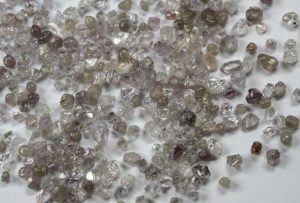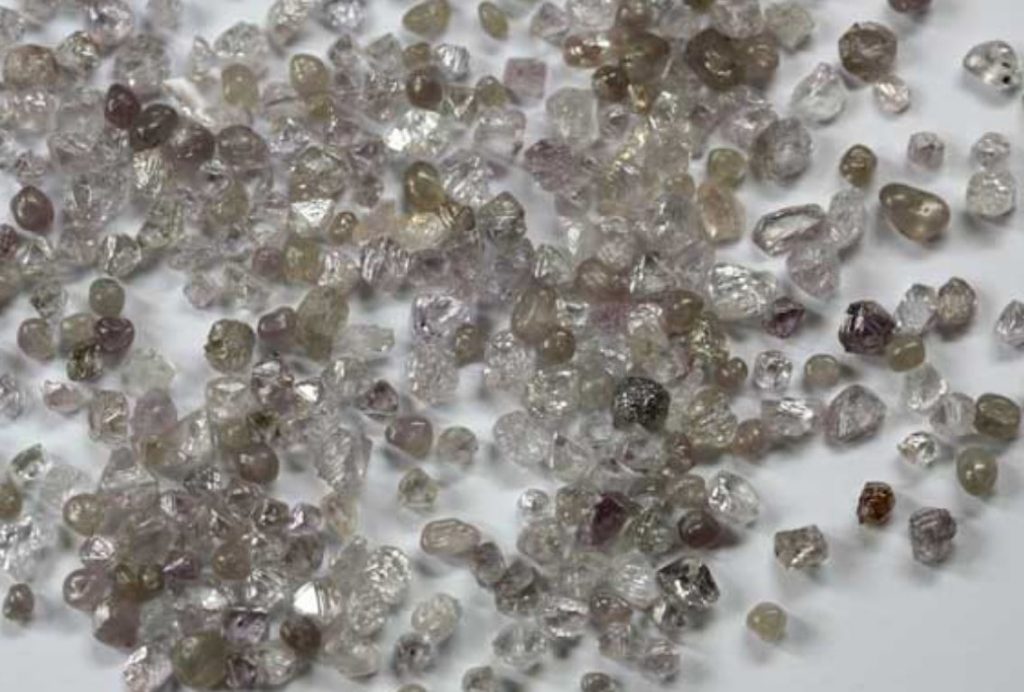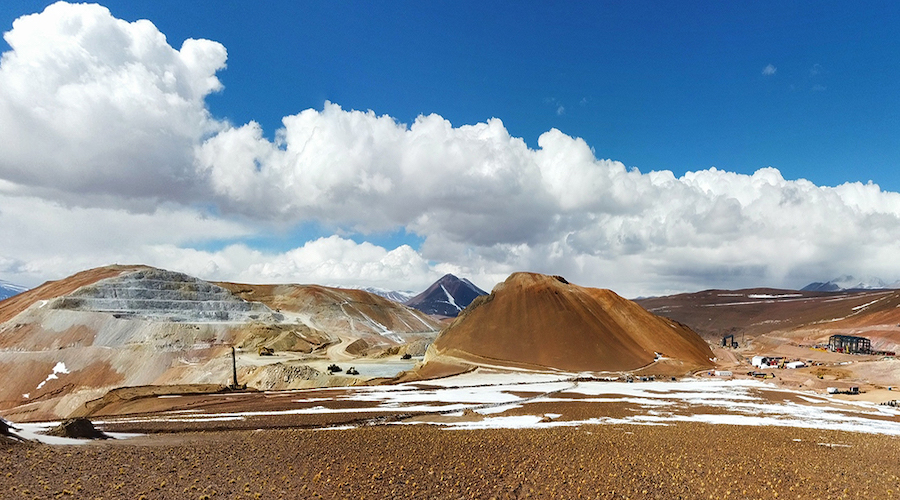SUDAN – The landing of a small meteorite containing tiny diamonds that landed in the Nubian Desert is, according to scientists, compelling evidence of a mysterious planet that disappeared from the solar system.
[caption id="attachment_1003722864" align="alignleft" width="300"]
 Rough diamonds of terrestrial origin. (Image: Smithsonian Institution)
Rough diamonds of terrestrial origin. (Image: Smithsonian Institution)[/caption]
The original asteroid, dubbed Almahata Sitta, was probably only about 4 metres in diameter, but it has a special place in the hearts of astronomers. First, it lends credence to the theory of a long lost planet that could have collided with another and was absorbed, or burned up as it rocketed toward the sun, or was cast off into outer space. Second, it is the first meteor that has been traced from space to the surface of the earth.
An astronomer at the Mount Lemmon telescope in Arizona spotted it in 2008, and when Almahata Sitta entered our atmosphere, it became a huge fireball. Seen by passengers in a commercial airliner and using NASA’s tracking expertise, scientists had a good idea that it landed in the Nubian Desert. The desert terrain made finding it relatively easy, and small pieces totaling about 10 kg have been recovered for study.
The Almahata Sitta diamonds are very small, only a fraction of a millimetre. But they are large enough to conclude that they were formed by static high pressure growth, according to European scientists who have studied them. Formation by chemical vapour deposition has been ruled out because the diamonds would have been pure if created that way, the Almahata Sitta diamonds have inclusions.
Researchers have concluded that the diamonds were formed inside a proto-planet roughly half the size of Earth. Their conclusions were published recently in
Nature Communications (
www.Nature.com/ncomms/). Abstracts of several articles about Almahata Sitta are available for free.

 Rough diamonds of terrestrial origin. (Image: Smithsonian Institution)[/caption]
The original asteroid, dubbed Almahata Sitta, was probably only about 4 metres in diameter, but it has a special place in the hearts of astronomers. First, it lends credence to the theory of a long lost planet that could have collided with another and was absorbed, or burned up as it rocketed toward the sun, or was cast off into outer space. Second, it is the first meteor that has been traced from space to the surface of the earth.
An astronomer at the Mount Lemmon telescope in Arizona spotted it in 2008, and when Almahata Sitta entered our atmosphere, it became a huge fireball. Seen by passengers in a commercial airliner and using NASA’s tracking expertise, scientists had a good idea that it landed in the Nubian Desert. The desert terrain made finding it relatively easy, and small pieces totaling about 10 kg have been recovered for study.
The Almahata Sitta diamonds are very small, only a fraction of a millimetre. But they are large enough to conclude that they were formed by static high pressure growth, according to European scientists who have studied them. Formation by chemical vapour deposition has been ruled out because the diamonds would have been pure if created that way, the Almahata Sitta diamonds have inclusions.
Researchers have concluded that the diamonds were formed inside a proto-planet roughly half the size of Earth. Their conclusions were published recently in Nature Communications (
Rough diamonds of terrestrial origin. (Image: Smithsonian Institution)[/caption]
The original asteroid, dubbed Almahata Sitta, was probably only about 4 metres in diameter, but it has a special place in the hearts of astronomers. First, it lends credence to the theory of a long lost planet that could have collided with another and was absorbed, or burned up as it rocketed toward the sun, or was cast off into outer space. Second, it is the first meteor that has been traced from space to the surface of the earth.
An astronomer at the Mount Lemmon telescope in Arizona spotted it in 2008, and when Almahata Sitta entered our atmosphere, it became a huge fireball. Seen by passengers in a commercial airliner and using NASA’s tracking expertise, scientists had a good idea that it landed in the Nubian Desert. The desert terrain made finding it relatively easy, and small pieces totaling about 10 kg have been recovered for study.
The Almahata Sitta diamonds are very small, only a fraction of a millimetre. But they are large enough to conclude that they were formed by static high pressure growth, according to European scientists who have studied them. Formation by chemical vapour deposition has been ruled out because the diamonds would have been pure if created that way, the Almahata Sitta diamonds have inclusions.
Researchers have concluded that the diamonds were formed inside a proto-planet roughly half the size of Earth. Their conclusions were published recently in Nature Communications (




Comments